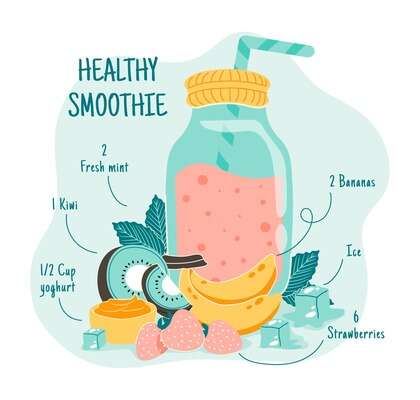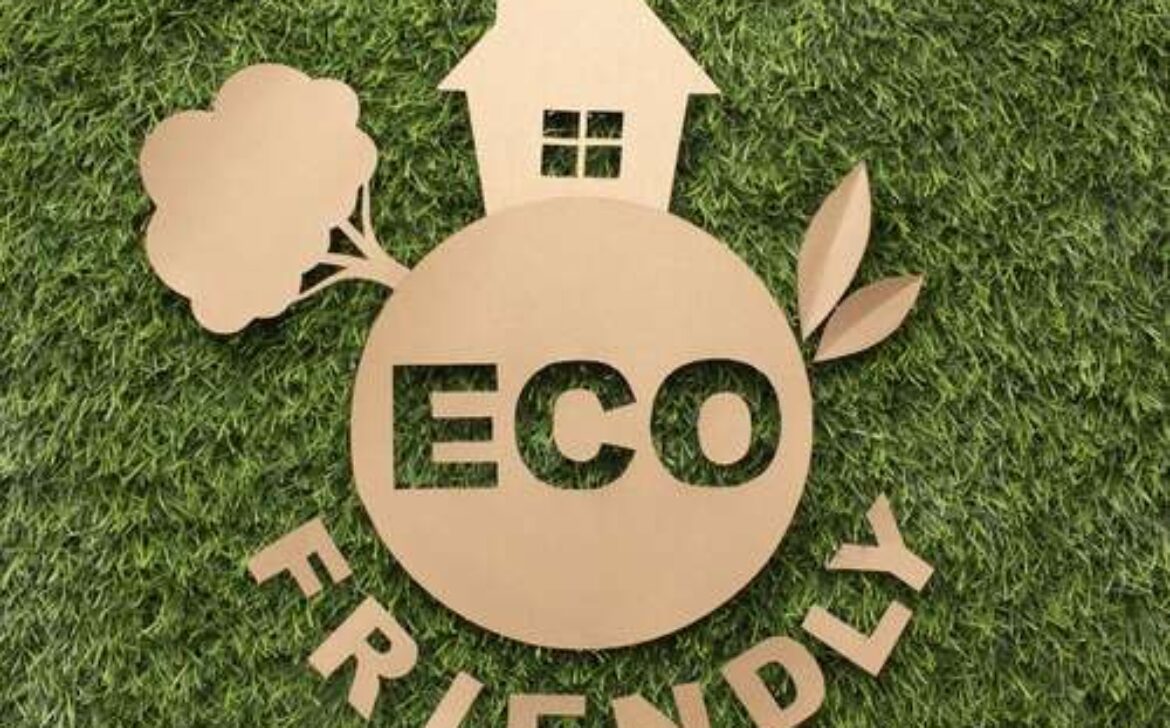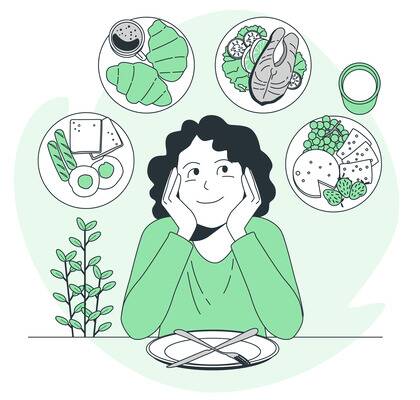Healthy and Delicious Summer Recipes: Refreshing Dishes for Hot Days
Summer is a time for sun-kissed days and enjoying the great outdoors, but it can also bring sweltering heat. As the mercury rises, it’s essential to stay cool and hydrated. One delightful way to beat the heat is by indulging in healthy and delicious summer recipes that not only refresh but also nourish your body. These recipes not only provide a burst of flavors but also keep you energized and hydrated throughout the day. During the scorching summer months, your body needs a healthy dose of nutrients to keep up with the demands of the season. Healthy summer recipes are often packed with vitamins, minerals, and antioxidants that boost your immune system and promote overall well-being. With temperatures soaring, it’s crucial to stay hydrated. Many summer recipes incorporate water-rich fruits and vegetables that not only quench your thirst but also keep you feeling refreshed and revitalized. Summer brings an abundance of fresh and seasonal produce to the table. Healthy recipes often utilize these ingredients to enhance flavors and textures, making your meals truly delightful. This sweet and savory salad is a summer favorite. Juicy watermelon chunks paired with creamy feta cheese create a delightful contrast of flavors. Toss in some fresh mint leaves and a drizzle of balsamic glaze for an extra burst of freshness. For those seeking a more substantial meal, this protein-packed salad is the perfect choice. Grilled chicken, creamy avocado, and a medley of colorful vegetables are tossed together with a zesty lime dressing for a filling and refreshing experience. Cool cucumbers and ripe tomatoes come together in this light and tangy salad. The dill dressing adds a refreshing touch, making it an excellent accompaniment to any summer meal. Packed with a variety of fresh vegetables and a generous smear of creamy hummus, this wrap is both nutritious and satisfying. It’s a convenient option for on-the-go summer lunches. Juicy grilled shrimp combined with sweet and juicy mango create a tropical delight in this summery wrap. The addition of avocado and a tangy dressing elevates the flavors to a whole new level. This classic Italian sandwich features slices of ripe tomatoes, fresh mozzarella, and aromatic basil leaves drizzled with pesto mayo. It’s a burst of summer flavors in every bite. A Spanish specialty, gazpacho is a cold tomato-based soup blended with cucumber, bell peppers, onions, and garlic. It’s a refreshing and light option for a summer appetizer. Cool and creamy, chilled cucumber soup is a soothing treat for hot summer days. The addition of yogurt and fresh herbs adds a delightful complexity to the taste. For those who enjoy a little kick, this spicy watermelon soup is a revelation. It combines the sweetness of watermelon with a hint of spice for a unique and refreshing experience.
Cooking is like love; it should be entered into with abandon or not at all.
– Harriet Van Horne Indulge in guilt-free pleasure with this luscious mixed berry frozen yogurt. It’s a healthy alternative to ice cream, perfect for satisfying your sweet cravings. Creamy coconut milk, ripe mangoes, and nutritious chia seeds come together to create a delectable and nutritious summer dessert. This tangy and creamy lemon pie is a classic southern treat that never fails to impress. It’s the perfect ending to any summer meal. Stay refreshed and rejuvenated with this iced green tea infused with slices of citrus fruits. It’s a cooling and healthy way to enjoy your tea. The combination of pineapple and mint makes this cooler a tropical delight. It’s a fantastic thirst-quencher for scorching summer afternoons. Crisp cucumber and zesty lime come together to create a fizzy and invigorating drink that keeps you cool and hydrated. A medley of colorful vegetables grilled to perfection makes for a delightful and healthy summer barbecue option. For vegetarians and vegans, this BBQ tofu and pineapple dish is a burst of sweet and savory flavors with a smoky finish. Indulge in this succulent honey garlic glazed salmon, perfect for a summer dinner gathering. This summer, elevate your culinary experience with these healthy and delicious recipes that will keep you cool, refreshed, and nourished. Embrace the seasonal produce and experiment with new flavors to make the most of this vibrant season. From refreshing salads and chilled soups to delightful desserts and grilled delights, there’s something for everyone to savor.Benefits of Healthy Summer Recipes
1. Nutritional Value
2. Hydration and Refreshment
3. Seasonal Ingredients
Quick and Easy Summer Salads
1. Watermelon and Feta Salad
2. Grilled Chicken and Avocado Salad
3. Cucumber and Tomato Salad with Dill Dressing
Light and Wholesome Sandwiches and Wraps
4. Veggie Hummus Wrap
5. Grilled Shrimp and Mango Wraps
6. Caprese Sandwich with Pesto Mayo



Chilled Soups for Hot Days
7. Gazpacho
8. Chilled Cucumber Soup
9. Spicy Watermelon Soup
Cool and Creamy Desserts
10. Mixed Berry Frozen Yogurt
11. Mango Coconut Chia Pudding
12. Lemon Icebox Pie
Iced Beverages to Beat the Heat
13. Iced Green Tea with Citrus
14. Pineapple Mint Cooler
15. Cucumber and Lime Sparkler
Grilling Delights
16. Grilled Veggie Skewers
17. BBQ Tofu and Pineapple
18. Honey Garlic Glazed Salmon
Conclusion





































